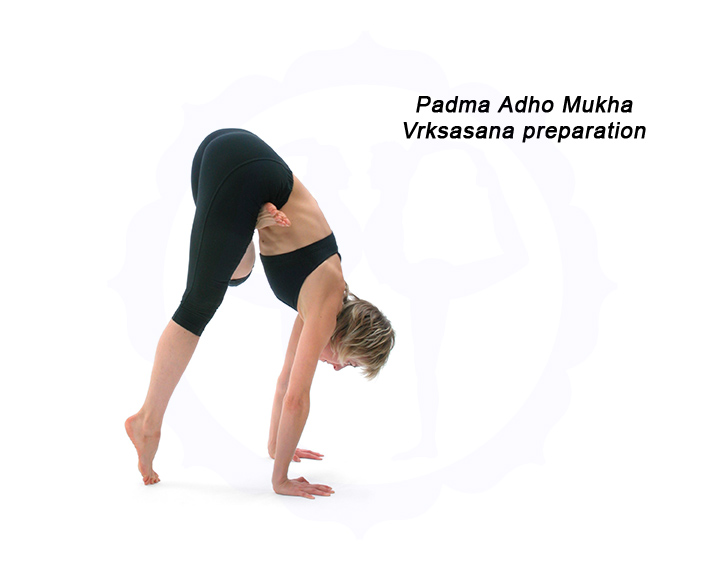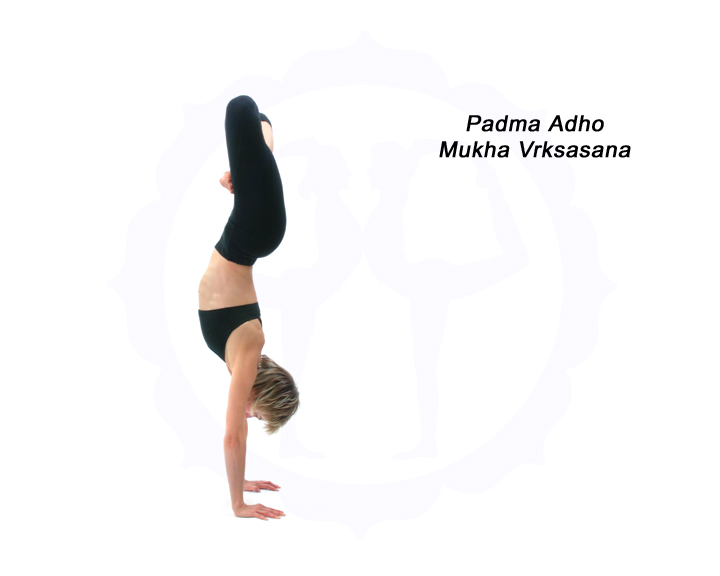This video is Part 15 of a YogaSynergy Spinal Movements Sequence taught by physiotherapist and Director of Yoga Synergy, Simon Borg-Olivier, which he teaches in person in courses throughout the world as well as Online in courses at RMIT University and Online in courses at YogaSynergy called Advanced Yoga Fundamentals and Applied Anatomy and Physiology of Yoga.
The same principle is used in things like handstands. So if I bring my arms up in the air initially and lengthen the spine, slightly extending the spine as well, and then bring my hands to the floor, as I moving towards the floor I am pushing the hips forward throughout. I lean onto the hands and lift the head up. Lifting the upper back and pushing the sitting bones towards the hands firms the front of the abdomen. Simply breathing into my abdomen (firmed by posture), or rather breathing with my diaphragm into the abdomen causes an increase in the intra-abdominal and intra-thoracic pressure which straight away puts strength into my arms. Here I simply breathe into the abdomen as my legs are lifting and the instant strength comes to the body. It doesn’t feel like a strain to lift the body. Whereas you can lift up to a handstand with just brute force.
A lot of weightlifters will do lifting exercises using what’s called a Valsalva manoeuvre. Where you make an in-breath then hold the breath and then tense all the muscles of exhalation. In so doing you also increase intra-abdominal and intra-thoracic pressure and intra-cranial pressure as well. This gives you more strength in the arms but the problem is that a weightlifters blood pressure has been shown to go up from a normal level of 120/70 to extreme levels of 380/360. And so there’s a risk then that if you use the Valsalva manoeuvre for strength exercises such as lifting weights or handstands that you risk bursting a blood vessel in your head, or your heart, have a heart attack or a stroke and just increase a lot of stress at the same time. So the trick is to remain very calm and breathe with your diaphragm into an abdomen firmed by posture (as opposed to tension).
You can see Part 14 of the instructional videos of the sequence by clicking here
You can see a demonstration of the the entire sequence by clicking HERE
Share this Post






Comments 1
Thanks Simon…very helpful info I will put into practice. Namaste 🙂